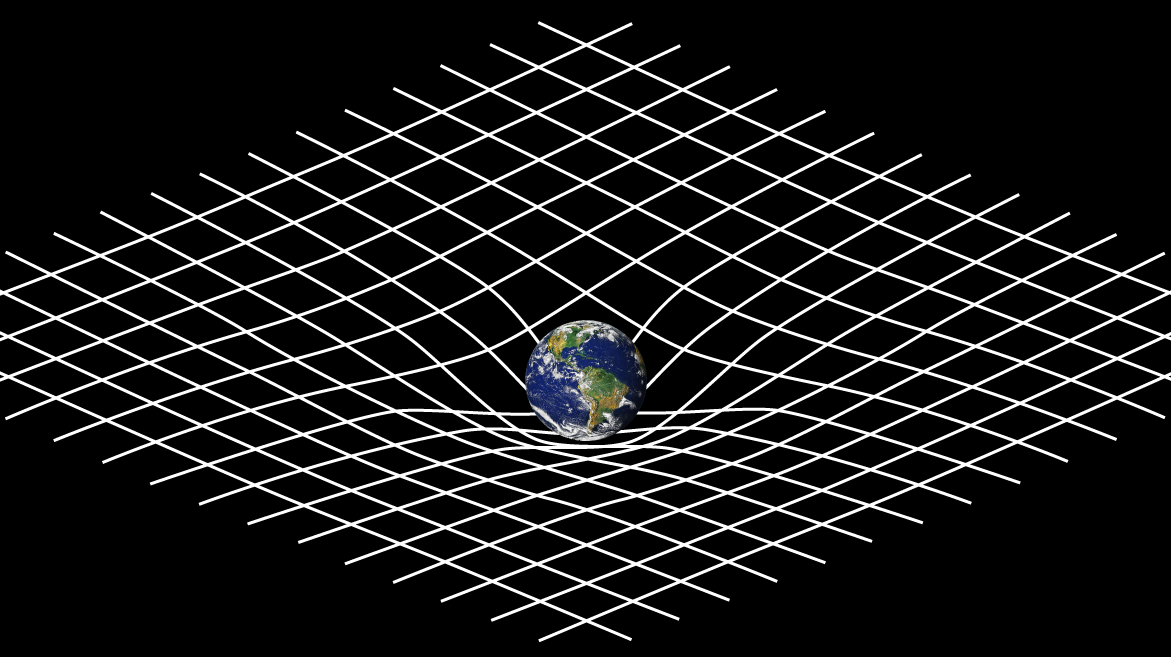Einstein’s Theories of Relativity
Written By: Arman Momeni
Despite our current understanding of the universe, it would seem intuitive that time, space, and motion should be constant, or more specifically, absolute. The way our society is structured, while the exact time of day is not constant, the speed at which time moves is. If the time is 6:30 PM in Toronto, and 3:30 PM in Los Angeles, and 1 hour passes in Toronto, 1 hour will have also passed in Los Angeles. Again, this concept seems intuitive; however, relativity in physics, questions the notion of absolutism, the notion that there is one answer, and demands to say that time, in fact, is not absolute. While dozens of years could pass in Toronto, a group of travelers who reside at the *event horizon of a black hole may only experience a couple hours of time go by.
*The event horizon of a black hole refers to the surface/exterior layer of the black hole. Once one passes this surface, the velocity needed to escape the black hole exceeds the speed of light, which means that one would be infinitely trapped in the endless abyss of the black hole.
An image of a black hole
Relativity was a theory that was mostly formulated by the renown Albert Einstein. Einstein produced two theories of relativity: special relativity and general relativity. Einstein attested that all motion must be defined relative to a frame of reference. Special relativity explains the relationship between space, time, mass, and energy; and general relativity follows much the same principals, but it adds another powerful variable to the equation: gravity.
Special Relativity:
Special Relativity involves two key principles that combine to form the basis of the theory. Firstly, special relativity states that the speed of light in a vacuum (3.00 x 10^8) is the same for any observer. It doesn’t matter how fast the observer is moving, or where they are in space, the speed of light is always constant. Knowing that relativity poses our entire world as not absolute, it is comforting to know that there is one constant, light.
Second, special relativity states that the laws of physics are the same for all reference frames that are not speeding up or slowing down relative to each other. This means that as long as the reference frame is not accelerating the laws of physics remain the same; one could be travelling 10000km/h, but as long as they are not going below or above that speed, the laws of physics remain constant within their reference frame. However, if a reference frame moves relative to another, each has a different perspective on not only space, but also time.
General Relativity
Special relativity does an excellent job at describing the laws of the universe for objects that do not accelerate, which is what we call having an inertial reference frame. However, it neglects one instrumental force: gravity. Being the excellent mind he is, Einstein developed a new theory in 1915, which explains the laws of the universe when gravity is incorporated into the equation.
Preceding Einstein, gravity was this mysterious all-mighty force, invisibly pulling things together. Newton explained the what, but Einstein determined the why. Einstein and his theory of relativity explain gravity as the product of large bodies of mass warping space and time. The theory states that the larger the mass, the more it will warp things. Picture space as a trampoline; if you set a large object in the center of the trampoline, the object presses down on the fabric and creates a dip in the trampoline. Now, if you were to roll a marble around the edge of the trampoline, it spirals inward towards the large object. This action is synonymous to the way that the gravity of a planet pulls at objects in space, or the way the sun pulls on planets. General relativity explains that stars, which are unfathomably massive, bend the path of light, and black holes, which contain even larger masses, bend space so much that they actually trap light, not allowing it to escape.
An example image of the earth warping space
Coming Together
Special relativity and general relativity, although based on the same concept, discuss different ideas, however, when put together, they show how time varies throughout the universe, both as a result of gravity AND speed. This phenomenon is called time dilation.
Time dilation is defined as the difference in time, which has elapsed when measured by two different clocks. It is essentially the slowing of time as perceived by one observer compared to another. Time will move slower for a person if they are travelling at very high speeds (near the speed of light) or if they experience a stronger gravitational field (e.g. from a black hole).
Works Cited
Doe explains...relativity. Energy.gov. (n.d.). https://www.energy.gov/science/doe-explainsrelativity#:~:text=Relativity%20is%20two%20related%20theories,these%20theories%20starting%20in%201905.

